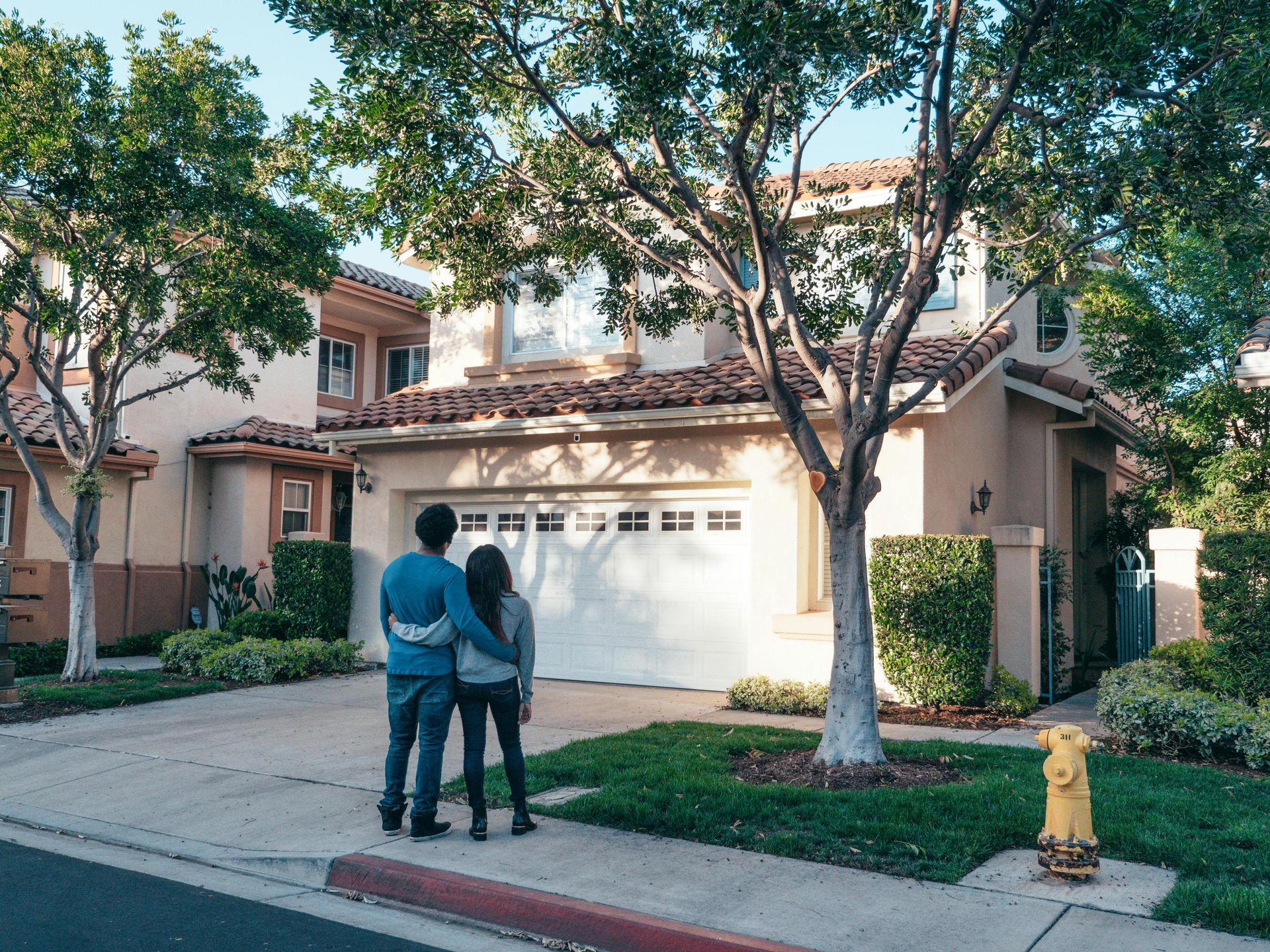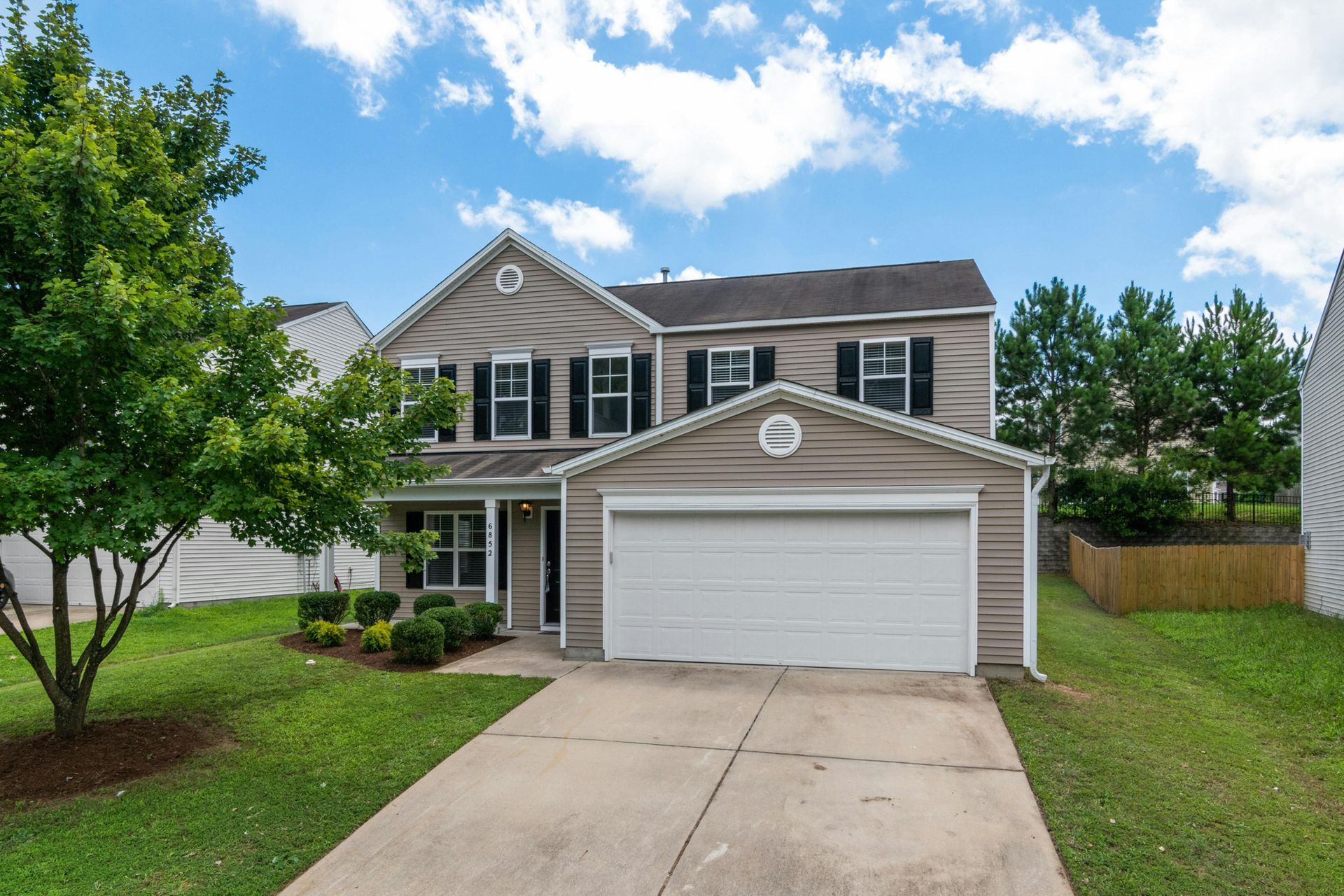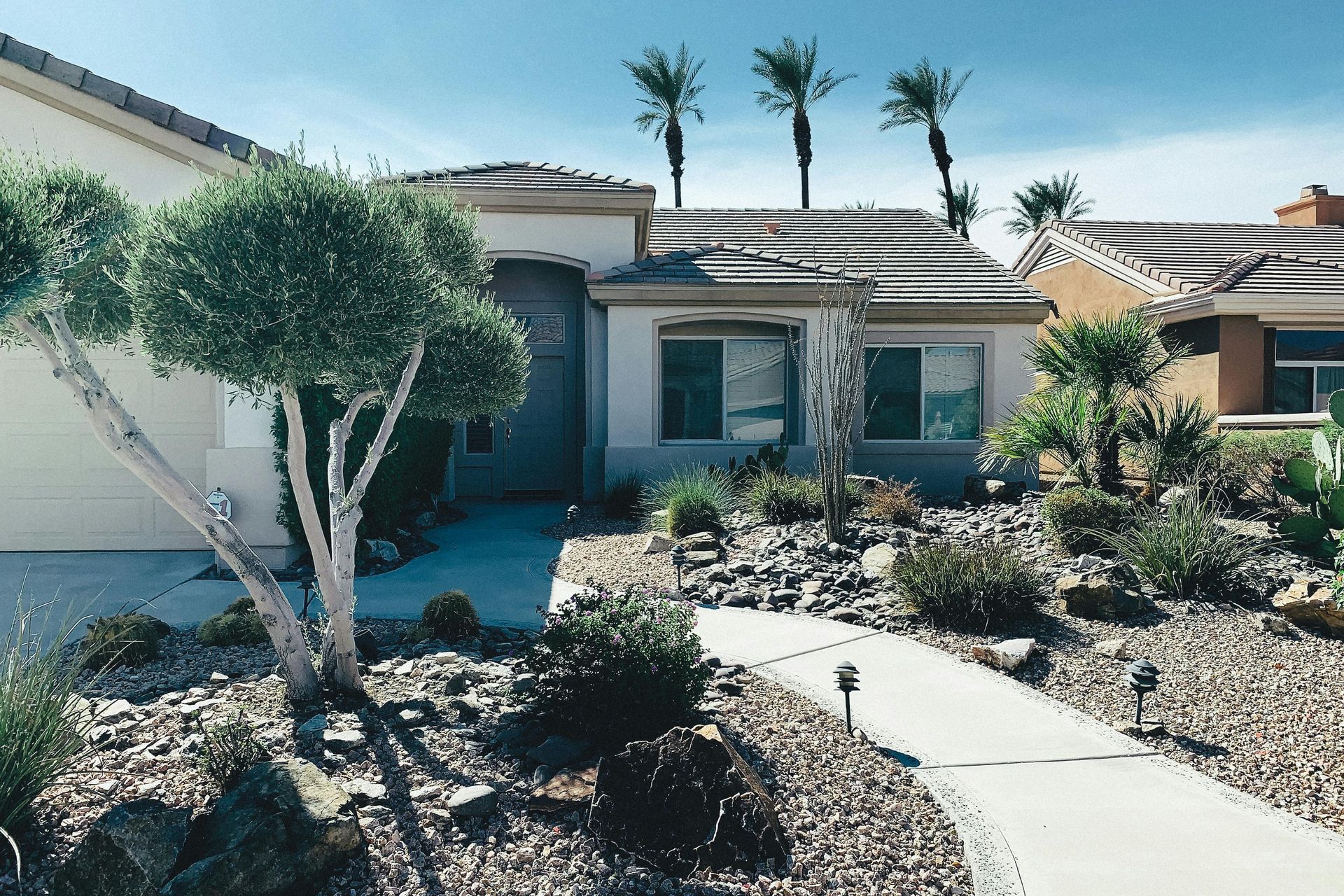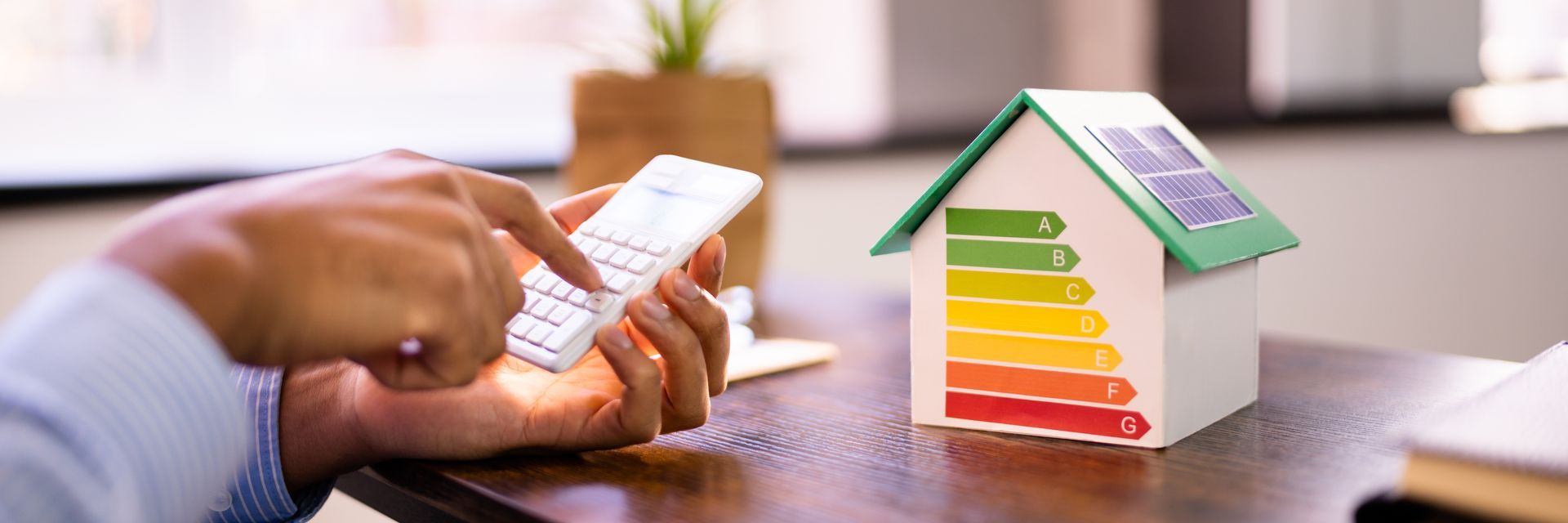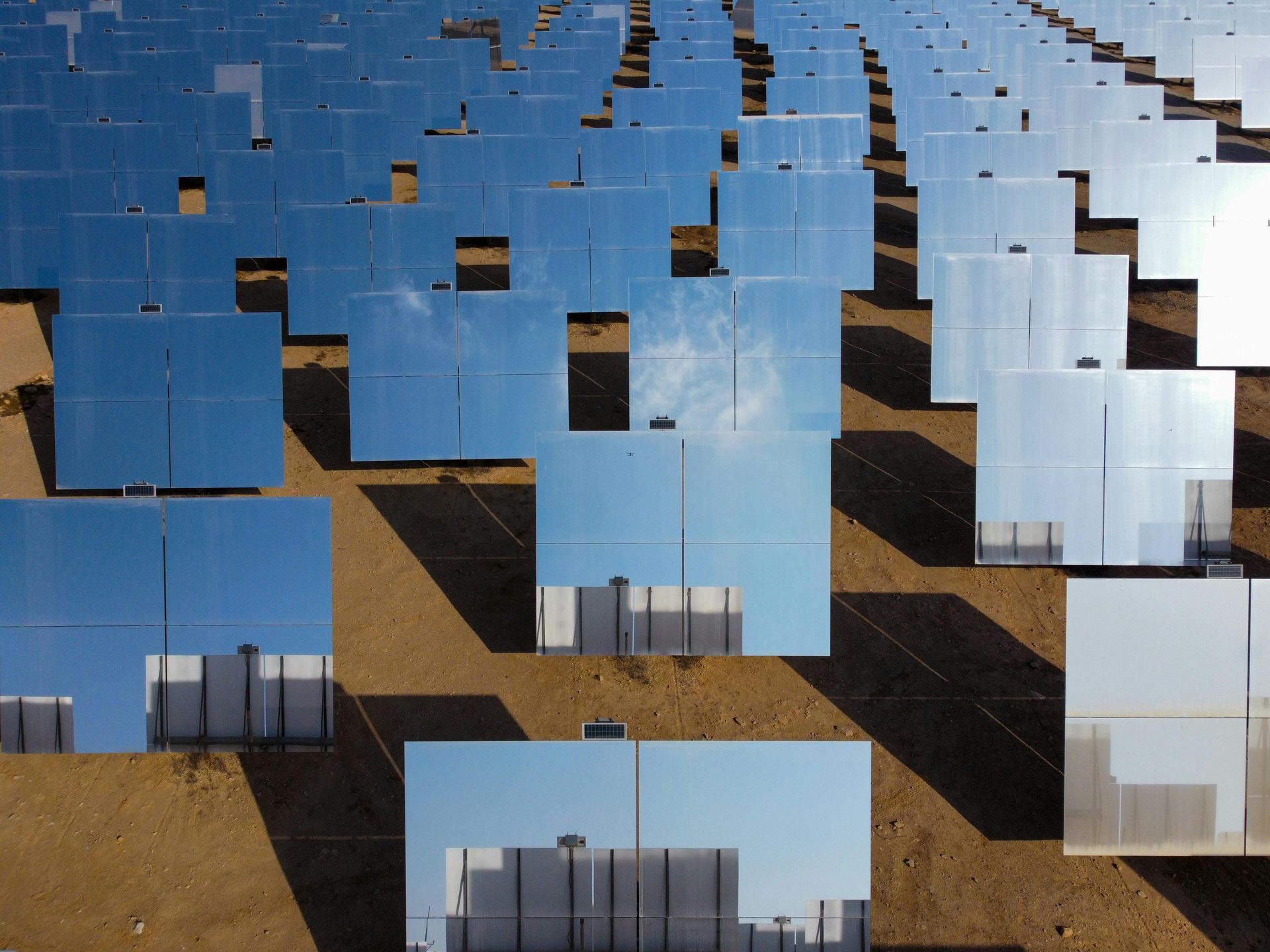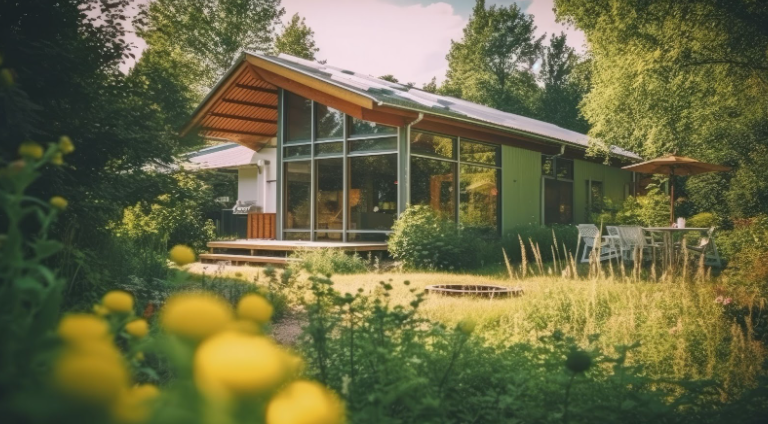Harnessing Arizona's Sun: Solar Energy in Home Design

With an average of 299 sunny days each year, Arizona's unique climate offers an abundant source of solar energy, making it a prime location for residents to take advantage of this clean power. But how does harnessing the sun's rays work in a home setting? Essentially, solar panels convert sunlight into electricity. This process involves photovoltaic cells, which capture solar photons and transform them into a flow of electrons, electricity that powers our homes, reduces utility bills, and promotes environmental preservation.
The adoption of residential solar power comes with notable benefits. Environmentally, it reduces our carbon footprint by diminishing the dependence on fossil fuels, which are significant contributors to air pollution and climate change. Economically, the initial investment in solar technology can provide substantial savings over time, as energy costs from traditional sources continue to rise. With solar, homeowners can expect a decrease in their monthly utility bills, and in some cases, they can even earn credits from excess energy production through net metering programs.
In the Phoenix area, a wide range of solar energy systems is available for residential use. These include rooftop solar panels, which are the most common, solar water heaters, and solar pool heating systems. All can be integrated into home designs to boost efficiency and provide cost-effective energy solutions for environmentally-conscious homeowners.
Designing Homes with Solar Energy in Mind
To maximize the effectiveness of solar energy, new home designs are considering the best placement and orientation of solar panels to capture the most sunlight. This often involves south-facing installations at a tilt angle that matches the latitude of the location, providing optimal exposure throughout the year. Moreover, by utilizing smart design strategies, such as placing fewer windows on the east and west sides of the house, homeowners can reduce cooling costs and the burden on their solar energy system.
The selection of building materials also plays a crucial role in enhancing solar energy efficiency. In the Phoenix service area, materials that reflect the sun's heat, such as cool-roof technology, help maintain lower indoor temperatures and reduce the need for air conditioning. Insulation and thermal mass materials, like adobe or concrete, absorb and slowly release heat, which stabilizes indoor temperatures in both the blazing daytime heat and cooler nights typical to the Arizona desert.
Lastly, landscape architecture contributes to the solar efficiency of a property. Strategic placement of trees and shrubs can provide shade, reducing the cooling load on the house while ensuring they do not obstruct the sun's path to solar panels. Similarly, using native plants and xeriscaping minimizes water usage, aligning with the sustainability focus of local Phoenix area residents.
The Financials: Incentives and Long-Term Savings
In Arizona, solar energy is not only a beacon for sustainability but also a wise financial decision for homeowners. The transition to solar is made even more attractive by a variety of state and federal incentives. These incentives include tax credits, rebates, and financing options designed to lower the cost of solar installation. The Solar Investment Tax Credit (ITC), for instance, allows homeowners to deduct a percentage of the cost of installing a solar energy system from their federal taxes, providing significant savings.
Alongside these incentives, homeowners also experience a reduction in energy bills that leads to long-term savings. By producing their electricity, solar homeowners can insulate themselves from the rising costs of energy. Calculating these savings requires considering various factors such as the size of the solar system, electricity consumption patterns, and the local utility rates. Over time, the investment in solar can yield a return that surpasses many other financial options, making it not just an eco-conscious choice, but a savvy economic one as well.
Solar Energy and Home Aesthetics
The integration of solar energy into home design need not detract from the visual appeal of the property. In fact, in the stunning backdrop of Arizona's desert landscape, solar design can serve as both a complement and a highlight. With the careful selection of solar panel types and thoughtful placement, solar installations can blend seamlessly with a home's architecture and even enhance its aesthetic value.
Modern solar panels offer options for a low-profile, sleek look that can be aesthetically pleasing. Additionally, property owners have the option of choosing panels with various colors and textures, some of which can resemble traditional roofing materials. The key is in the professional installation that prioritizes both appearance and efficiency.
When it comes to home exteriors, the right paint and treatments are essential for a cohesive look. Paint colors that reflect the desert palette can harmonize with solar panels and the surrounding environment. These choices not only contribute to the overall beauty of the home but can also affect the efficiency of the solar energy system. Lighter colors, for instance, can reflect more sunlight and reduce cooling requirements within the home, helping maintain its energy-efficient status.
Sustainable Home Design Trends in Phoenix
Phoenix residents are leading the charge in embracing sustainable home designs that go beyond just solar panels. Eco-friendly features such as low-emission windows, LED lighting, and energy-efficient appliances are now the norm for new constructions and renovations. Homeowners are also exploring advanced green technologies, such as gray water recycling systems, which reuse water from showers and sinks to irrigate landscapes, thereby conserving water in the arid climate of Arizona.
The integration of solar power with other sustainable technologies is creating homes that are not only eco-friendly but also remarkably self-sufficient. For example, combining solar panels with battery storage systems allows homeowners to keep excess energy for use during peak hours or periods of low sunlight. Smart home devices can optimize energy usage throughout the house, ensuring solar power is maximized. These smart technologies allow homeowners in Scottsdale, Phoenix, and the surrounding areas the ability to fine-tune their energy consumption to achieve the best balance of sustainability and comfort.
In the broader community, the trend of innovative sustainable home designs is gaining traction. Local news features homes with cutting-edge green designs, showcasing how sustainable living is being adopted in stylish and practical ways. These homes often incorporate features that are responsive to the environment, such as solar shading devices and passive cooling strategies, adding to the growing portfolio of eco-friendly living options available to Phoenix area residents.
Case Studies: Success Stories of Solar-Powered Homes in Arizona
There are numerous success stories of solar-powered homes throughout Arizona that demonstrate the practical benefits and impact of solar installations. Conversations with homeowners reveal that the journey to solar energy is a transformative one, often sparked by a desire to reduce environmental impact and save on energy costs. These homeowners have made adaptations ranging from simple panel installations to comprehensive energy overhauls, tailoring their systems to cater to their unique energy needs and environmental goals.
During the design and build process, many have had to consider factors such as roof adequacy, panel type, and energy storage options. Such modifications often lead to improved energy independence and provide a model for how residential solar can be practically and aesthetically incorporated into a home. The experiences of these families and individuals offer valuable insights and serve as a source of inspiration for those considering making the switch to solar energy.
Controversies and Considerations
While the shift to solar energy is generally viewed in a positive light, there are debates and concerns to consider. Aesthetic regulations for solar panel installations can be a point of contention in some neighborhoods, particularly those governed by homeowners' associations with strict guidelines on appearance. Balancing the desire for clean energy with community standards can require thoughtful negotiations and compromise.
Another consideration is the upfront investment. Despite the long-term savings, the initial costs can be a barrier for some. However, financing options, incentives, and evolving technology are making solar energy more accessible than ever. Importantly, the payback period – the time it takes for the savings to cover the initial cost – is decreasing, making the decision to adopt solar panels easier for Arizona homeowners.
Misconceptions about the viability of solar energy in the state may also deter some from exploring this option. Myths such as solar only being effective in certain climates or that it's too complex a system for residential use are fading as more success stories emerge and information becomes widespread. Education and factual information are critical in challenging these misunderstandings and facilitating informed decision-making.
Endorsements from Environmental Groups
The promotion of sustainable living often finds strong allies in local environmental groups. These organizations recognize the significant impact that residential solar energy systems can have on reducing carbon emissions and combating climate change. Recognizing such holistic benefits, environmental groups typically encourage community members to consider solar options and may offer resources to help with the transition.
Furthermore, community initiatives play a pivotal role in fostering a culture of sustainability. Programs that offer group discounts on solar installations or community-shared solar gardens exemplify ways neighbors can collectively invest in a greener future. Such collaborations resonate well with the communal spirit prevalent in the Phoenix area, making sustainable living a shared goal rather than an individual endeavor.
The collective decisions of individuals can have a profound impact on the wider community and environment. By considering the broader implications of personal choices, such as opting for a solar-powered home, we contribute to a more sustainable and resilient future. If you feel inspired by the possibilities that solar energy presents, remember that integrating it into your home goes beyond the technical—it's about adopting a lifestyle that reveres the delicate balance of our natural surroundings.
For those intrigued by solar energy and its long-term advantages, the journey begins with a conversation. Speaking with professionals who prioritize sustainability in real estate, such as those at
Danijela Quenzler Realty, can provide the guidance and support needed to make your eco-friendly home dreams a reality in the beautiful Phoenix area. Your choice to live sustainably is a powerful statement of care for both your community and the planet.
We welcome feedback and questions from our readers on the topic of solar energy in home design. It's a dialogue worth having as we all strive toward a greener, more sustainable way of life.
Contact Danijela Quenzler Realty today for more information on how you can incorporate eco-friendly practices into your home purchase or renovation, and become part of Arizona's commitment to a cleaner, sun-powered future.

